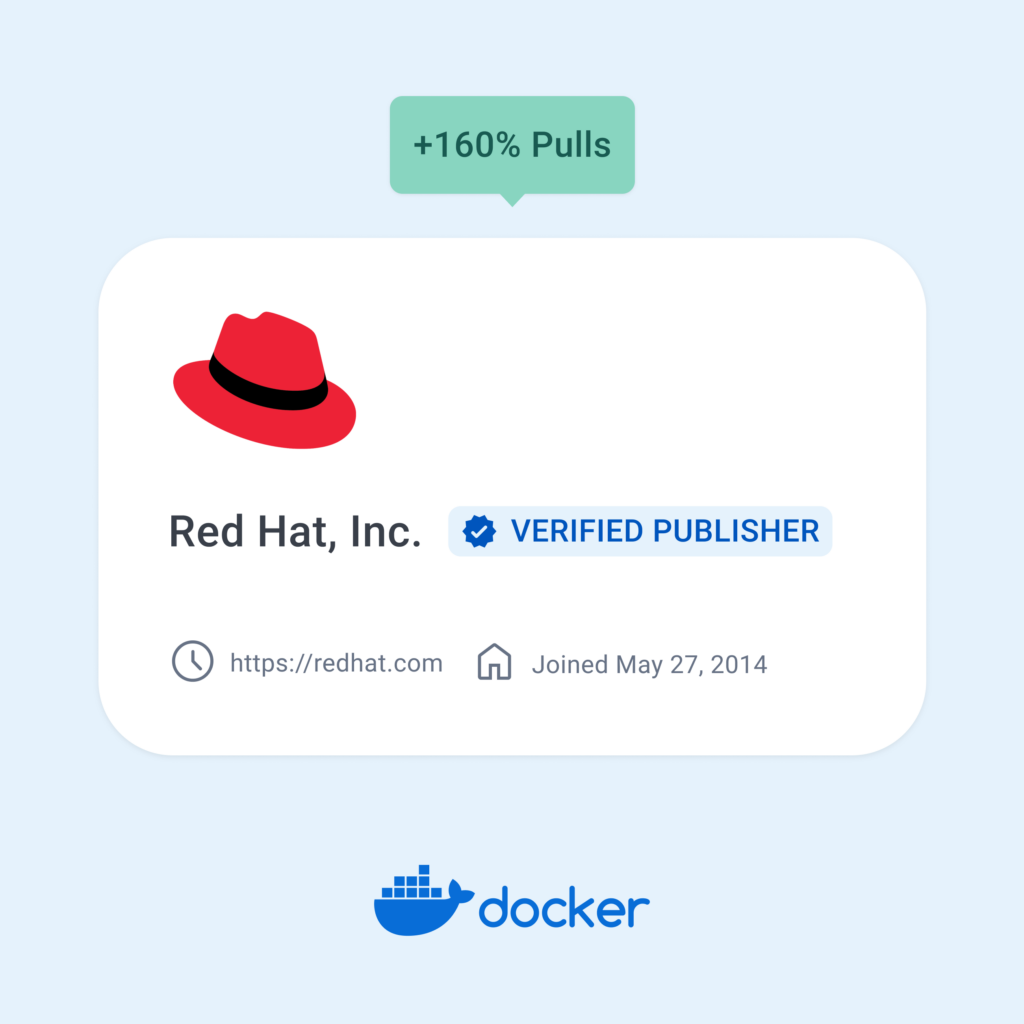- I recommend the Pixel 9 to most people looking to upgrade - especially while it's $250 off
- Google's viral research assistant just got its own app - here's how it can help you
- Sony will give you a free 55-inch 4K TV right now - but this is the last day to qualify
- I've used virtually every Linux distro, but this one has a fresh perspective
- The 7 gadgets I never travel without (and why they make such a big difference)
Red Hat UBI Pulls on Docker Hub Grow 160% Year-Over-Year | Docker

Red Hat’s Universal Base Image eliminates “works on my machine” headaches for developers.
It’s Red Hat Summit week, and we wanted to use this as an opportunity to highlight several aspects of Docker’s partnership with Red Hat. In this post, we highlight Docker Hub and Red Hat’s Universal Base Images (UBI). Also check out our new post on simplifying Kubernetes development with Docker Desktop + Red Hat OpenShift.
Docker Hub is the world’s largest public registry of artifacts for developers, providing the fundamental building blocks — web servers, runtimes, databases, and more — for any application. It offers more than 15 million images for containers, serverless functions, and Wasm with support for multiple operating systems (Linux, Windows) and architectures (x86, ARM). Altogether, these 15 million images are pulled more than 16 billion times per month by over 20 million IPs.
While the majority of the 15 million images are community images, a subset are trusted content, both open source and commercial, curated and actively maintained by Docker and upstream open source communities and Docker’s ISV partners.
Docker and Red Hat have been partners since 2013, and Red Hat started distributing Linux images through Docker Hub in 2014. To help developers reduce the “works on my machine” finger-pointing and ensure consistency between development and production environments, in 2019 Red Hat launched Universal Base Image (UBI). Based on Red Hat Enterprise Linux (RHEL), UBI provides the same reliability, security, and performance as RHEL. Furthermore, to meet the different use cases of developers and ISVs, UBI comes in four sizes — standard, minimal, multi-service, and micro — and offers channels so that additional packages can be added as needed.
Given Docker’s reach in the developer community and the breadth and depth of developer content on Docker Hub, Docker and Red Hat agreed that distributing Red Hat UBI on Docker Hub made a lot of sense. Thus, in May 2021 Red Hat became a Docker Verified Publisher (DVP) and launched Red Hat UBIs on Docker Hub. As a DVP, Red Hat’s UBIs are easier for developers to discover, and it gives developers an extra level of assurance that the images they’re using are accessible, safe, and maintained.
The results? Tens of 1000s of developers are pulling Red Hat UBI millions of times every month. Furthermore, the pulls of Red Hat Universal Base image have grown 2.6X times in the last 12 months alone. Such growth points to value Docker and Red Hat together bring to the developer community.
… and we’re not finished! Having provided Red Hat UBIs directly to developers, now Docker and Red Hat are working together with Docker’s ISV partners and open source communities to bring the value of UBI to those software stacks as well. Stay tuned for more!
Learn More

